Home>Technology>Home Entertainment Systems>Who Was The First U.S. President To Appear On Television?
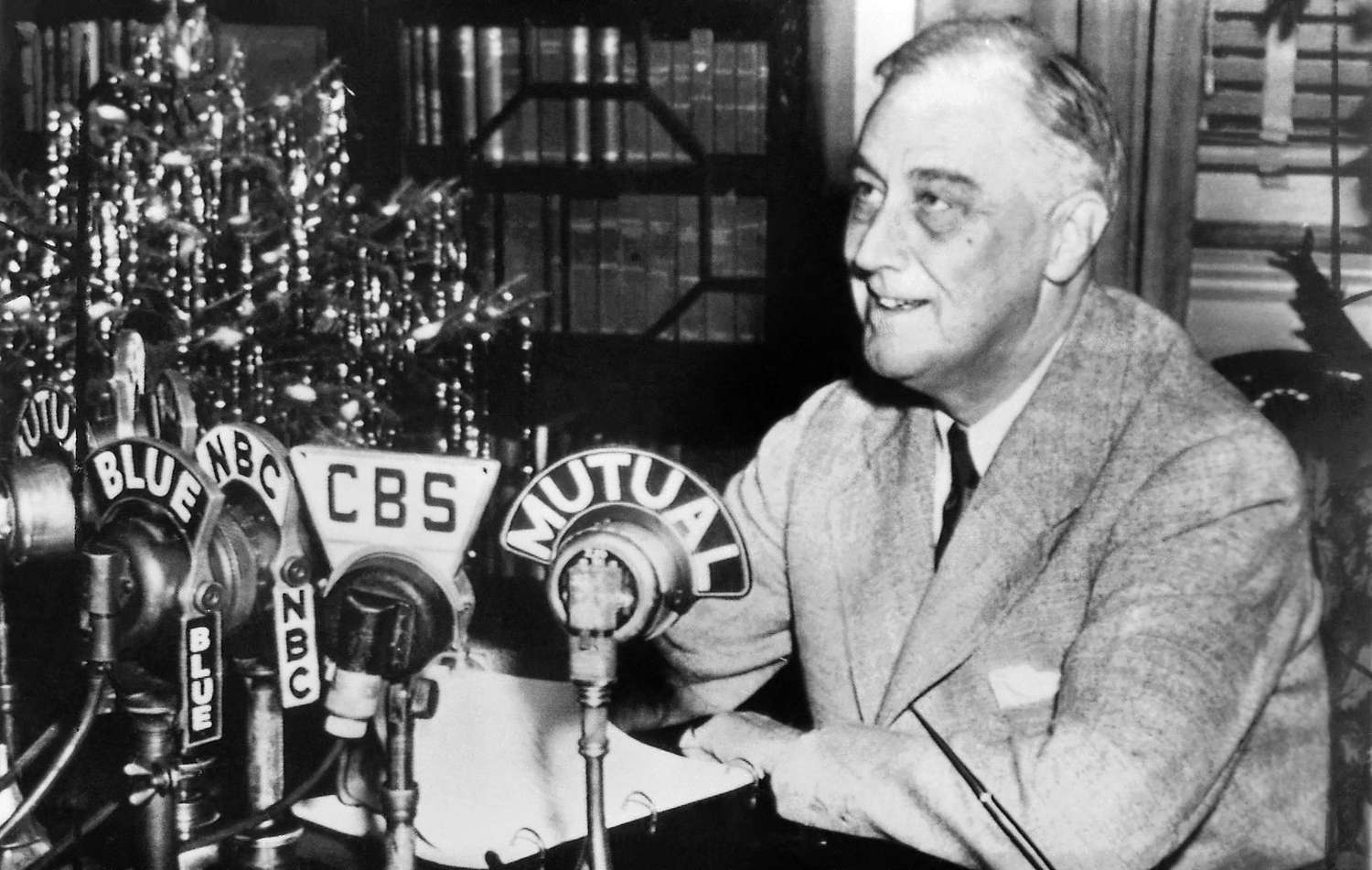

Home Entertainment Systems
Who Was The First U.S. President To Appear On Television?
Modified: October 20, 2024
Discover the answer to the intriguing question of which U.S. President made the first televised appearance, diving into the history of home entertainment systems.
(Many of the links in this article redirect to a specific reviewed product. Your purchase of these products through affiliate links helps to generate commission for Storables.com, at no extra cost. Learn more)
Introduction
The home entertainment system has long been a staple in households across the globe, providing endless hours of entertainment and relaxation. From television shows, movies, and gaming consoles, to surround sound systems and streaming devices, the possibilities for creating an immersive and cinematic experience right in the comfort of our own homes are virtually limitless.
As technology has advanced over the years, home entertainment systems have evolved to offer an unparalleled level of convenience, quality, and customization. Whether you’re a casual viewer or a dedicated enthusiast, having the right home entertainment system can greatly enhance your overall viewing and listening experience.
In this article, we will delve into the world of home entertainment systems, exploring the various components that make up a comprehensive setup, their features and benefits, and how to optimize them for the ultimate entertainment experience. We will also touch upon the importance of SEO optimization for those in the home entertainment industry looking to boost their online presence and reach a wider audience.
So grab your popcorn, dim the lights, and get ready to embark on a journey through the exciting world of home entertainment systems!
Key Takeaways:
- The first U.S. president to appear on television was Franklin D. Roosevelt in 1939, marking a historic moment that laid the foundation for the role of television in politics and presidential communications.
- Presidential television appearances have profoundly impacted public perception, political campaigns, and crisis management, allowing presidents to connect with the American people and shape public opinion.
Early History of Television in the United States
The history of television in the United States dates back to the early 20th century, with significant advancements and milestones along the way. The invention and development of television technology revolutionized the way people consume news, entertainment, and information.
The first successful demonstration of an electronic television system took place in 1927 by Philo Farnsworth, an American inventor. This groundbreaking invention paved the way for the eventual commercialization and widespread adoption of television in households across the nation.
In the 1930s, television broadcasting started to gain traction, with experimental stations being set up in major cities. However, due to the limited availability of television sets and the high costs associated with production and broadcasting, television remained a luxury reserved for a select few.
It wasn’t until after World War II that television started to become a common household item. Manufacturing processes improved, making televisions more affordable, and the Federal Communications Commission (FCC) began issuing licenses to commercial television stations. The 1950s witnessed a rapid expansion of television networks and programming, with families gathering around their TV sets to watch popular shows like “I Love Lucy,” “The Ed Sullivan Show,” and “The Twilight Zone.”
Over the next few decades, television technology continued to evolve. Color television was introduced in the 1960s, bringing a vibrant and lifelike viewing experience to audiences. This marked a significant turning point in the history of television, as color programming became the standard.
By the 1980s and 1990s, cable television made its way into homes, offering a wider range of channels and programming options. Satellite television also emerged as a popular alternative, providing access to even more content from around the world.
In recent years, the rise of streaming services has revolutionized the television landscape once again. Platforms like Netflix, Amazon Prime Video, and Hulu have transformed the way we consume TV shows and movies, offering on-demand access to an extensive library of content.
Today, with the advent of smart TVs, streaming devices, and high-definition (HD) and ultra-high-definition (UHD) resolutions, the home entertainment experience has reached new heights. Viewers can enjoy immersive visuals and crystal-clear audio, creating a theater-like experience in their own living rooms.
As technology continues to advance, the future of television holds even more exciting possibilities. From virtual reality (VR) and augmented reality (AR) integration to advanced AI algorithms that personalize content recommendations, the entertainment landscape is set to undergo further transformation.
Now that we have explored the early history of television in the United States, let’s dive deeper into the evolution of television technology and the components that make up a modern home entertainment system.
Evolution of Television Technology
The evolution of television technology has come a long way since its inception in the early 20th century. Advancements in display, audio, and digital technology have revolutionized the home entertainment experience, offering viewers a truly immersive and high-quality visual and audio experience.
One of the most significant advancements in television technology was the transition from analog to digital broadcasting. Analog signals were prone to interference and signal degradation, leading to fuzzy and inconsistent picture quality. The introduction of digital broadcasting in the late 1990s changed the game, providing viewers with a clearer and more stable picture.
With digital television, high-definition (HD) broadcasting became a reality. HD offers a much higher resolution than standard-definition (SD) television, resulting in sharper images and more vibrant colors. The introduction of HD also led to the widescreen format, which provides a more cinematic and immersive viewing experience.
In recent years, ultra-high-definition (UHD) television has taken center stage. Also known as 4K TV, UHD offers four times the resolution of HD, resulting in even greater clarity and detail. With UHD, viewers can see incredibly lifelike images with more depth and realism.
Alongside advancements in picture quality, sound technology has also seen significant improvements. Standard television speakers often provide subpar audio quality, lacking depth and richness. To complement the high-definition visuals, many home entertainment systems now incorporate surround sound speakers, creating a truly immersive audio experience. Dolby Digital and DTS technologies are commonly used to deliver multi-channel audio, placing viewers at the center of the action with a 360-degree soundstage.
Another notable development in television technology is the integration of smart features. Smart TVs have become increasingly popular, offering internet connectivity and a wide range of streaming services. These televisions allow viewers to access their favorite shows and movies directly from popular streaming platforms like Netflix, Amazon Prime Video, and Hulu, eliminating the need for additional external streaming devices.
Streaming devices themselves have also evolved, becoming more compact and powerful. Devices such as Roku, Apple TV, and Google Chromecast provide easy access to a multitude of streaming services and apps, and can be connected to any television with an HDMI port, regardless of its age or brand.
Furthermore, advancements in voice control and artificial intelligence (AI) have further streamlined the television viewing experience. Smart assistants like Amazon Alexa and Google Assistant can now be integrated into televisions, allowing viewers to control their TV and other connected devices with simple voice commands.
As television technology continues to advance, we can expect to see further improvements in areas such as display technology, audio quality, and interactivity. From rollable OLED displays to immersive virtual reality experiences, the future of home entertainment is full of exciting possibilities.
Now that we have explored the evolution of television technology, let’s delve into an intriguing question: Who was the first U.S. President to appear on television?
The first U.S. president to appear on television was Franklin D. Roosevelt, who made a brief appearance during the opening ceremonies of the 1939 World’s Fair in New York City.
The First U.S. President to Appear on Television
Television has become an integral part of political campaigns and presidential communications in modern times. However, it wasn’t until the mid-20th century that U.S. presidents began to embrace this medium and make appearances on television. The first U.S. president to appear on television was Franklin D. Roosevelt.
On April 30, 1939, President Franklin D. Roosevelt delivered a speech during the opening of the New York World’s Fair. The event was broadcast on television, making it the first time a U.S. president’s speech was transmitted over the airwaves directly to the public. While this historic moment was seen by a limited number of viewers due to the relatively low number of television sets in households at the time, it laid the foundation for the role television would play in politics and presidential communications.
After Roosevelt’s initial television appearance, subsequent presidents recognized the power and influence of television as a means of reaching the American people. However, it wasn’t until the presidency of Dwight D. Eisenhower that regular televised presidential addresses became a more common occurrence.
One of the most memorable televised speeches by a U.S. president is President John F. Kennedy’s inaugural address in 1961. This powerful and captivating speech was watched by millions of viewers across the country, marking a significant moment in television history. Kennedy’s appeal and charisma were effectively conveyed through the medium of television, solidifying its importance in political communication.
Since then, every U.S. president has recognized and utilized television as a vital tool for connecting with and influencing the American public. From press conferences and State of the Union addresses to campaign rallies and televised debates, presidents have embraced television for its wide reach and ability to convey their message directly to the masses.
The introduction of cable television and the proliferation of 24-hour news networks further expanded the reach and impact of presidential television appearances. With cable television, presidents could address specific demographics and target viewership, allowing for more tailored and strategic messaging.
Additionally, the advent of social media platforms in recent years has presented new opportunities for presidents to communicate directly with the public. Platforms like Twitter enable the president to share announcements, updates, and engage with citizens in real-time. The combination of television appearances and social media presence has become an integral part of presidential communication in the modern era.
The first U.S. president to appear on television, Franklin D. Roosevelt, set a precedent for the future of presidential communications. Today, television continues to play a vital role in politics, allowing presidents to connect with the American people, shape public opinion, and convey their vision for the nation.
Now that we understand the significance of presidential television appearances, let’s explore the impact of these appearances on the public and the political landscape.
Impact of Presidential Television Appearances
Presidential television appearances have had a profound impact on the American public and the political landscape. Television has become a powerful tool for presidents to shape public opinion, convey their message, and connect with citizens on a personal level. Here are some key ways in which presidential television appearances have made an impact:
Visual and Emotional Connection: Television allows viewers to see and hear the president firsthand, providing a sense of authenticity and immediacy. The visual aspect of television allows for non-verbal communication, such as facial expressions and body language, which can significantly influence how a message is perceived. Through television appearances, presidents can establish an emotional connection with the public, presenting themselves as relatable and empathetic leaders.
Overall, presidential television appearances have significantly impacted politics, public perception, and the way presidents communicate with the American people. Whether it’s during times of crisis, policy advocacy, or political campaigns, television provides a platform for presidents to connect with citizens, shape public opinion, and leave a lasting impression on the nation.
As we conclude our exploration of the impact of presidential television appearances, let’s reflect on the ever-evolving landscape of home entertainment systems and the importance of SEO optimization for businesses in this industry.
Conclusion
The world of home entertainment systems has come a long way, from the early days of television to the modern era of streaming services and advanced technology. The evolution of television technology, with its advancements in picture quality, sound, and connectivity, has transformed the way we consume entertainment and connect with the world.
Television has played a significant role in politics as well, with presidential television appearances becoming a crucial tool for reaching the American public, shaping public opinion, and conveying important messages. From the first televised speech by President Franklin D. Roosevelt to the present day, television has allowed presidents to establish an emotional connection, reach a wide audience, and shape public perception.
Presidential television appearances have had a profound impact on politics, enabling presidents to address the nation during times of crisis, advocate for policy initiatives, and engage in political campaigns. Through the power of television, presidents have been able to project their vision, garner public support, and leave a lasting impression on the nation.
Looking ahead, the future of home entertainment systems promises even more exciting possibilities. From the advancement of display technology and sound systems to the integration of AI and virtual reality experiences, the home entertainment experience is poised to become even more immersive and personalized.
For businesses in the home entertainment industry, it is crucial to optimize their online presence to reach a wider audience. SEO optimization plays a vital role in increasing visibility and driving organic traffic to websites and online platforms. By incorporating relevant keywords, creating engaging and informative content, and implementing technical SEO best practices, businesses can improve their search engine rankings and attract more potential customers.
In conclusion, home entertainment systems have become an integral part of our lives, providing us with endless entertainment options and immersive experiences. The impact of television technology and presidential television appearances cannot be understated, as they have shaped public opinion, connected presidents with the American people, and played a significant role in politics and communication.
As we continue to embrace technological advancements and SEO optimization, the home entertainment industry will continue to evolve, offering an even more immersive and personalized experience for all. So, sit back, relax, and enjoy the wonders of your home entertainment system!
Frequently Asked Questions about Who Was The First U.S. President To Appear On Television?
Was this page helpful?
At Storables.com, we guarantee accurate and reliable information. Our content, validated by Expert Board Contributors, is crafted following stringent Editorial Policies. We're committed to providing you with well-researched, expert-backed insights for all your informational needs.
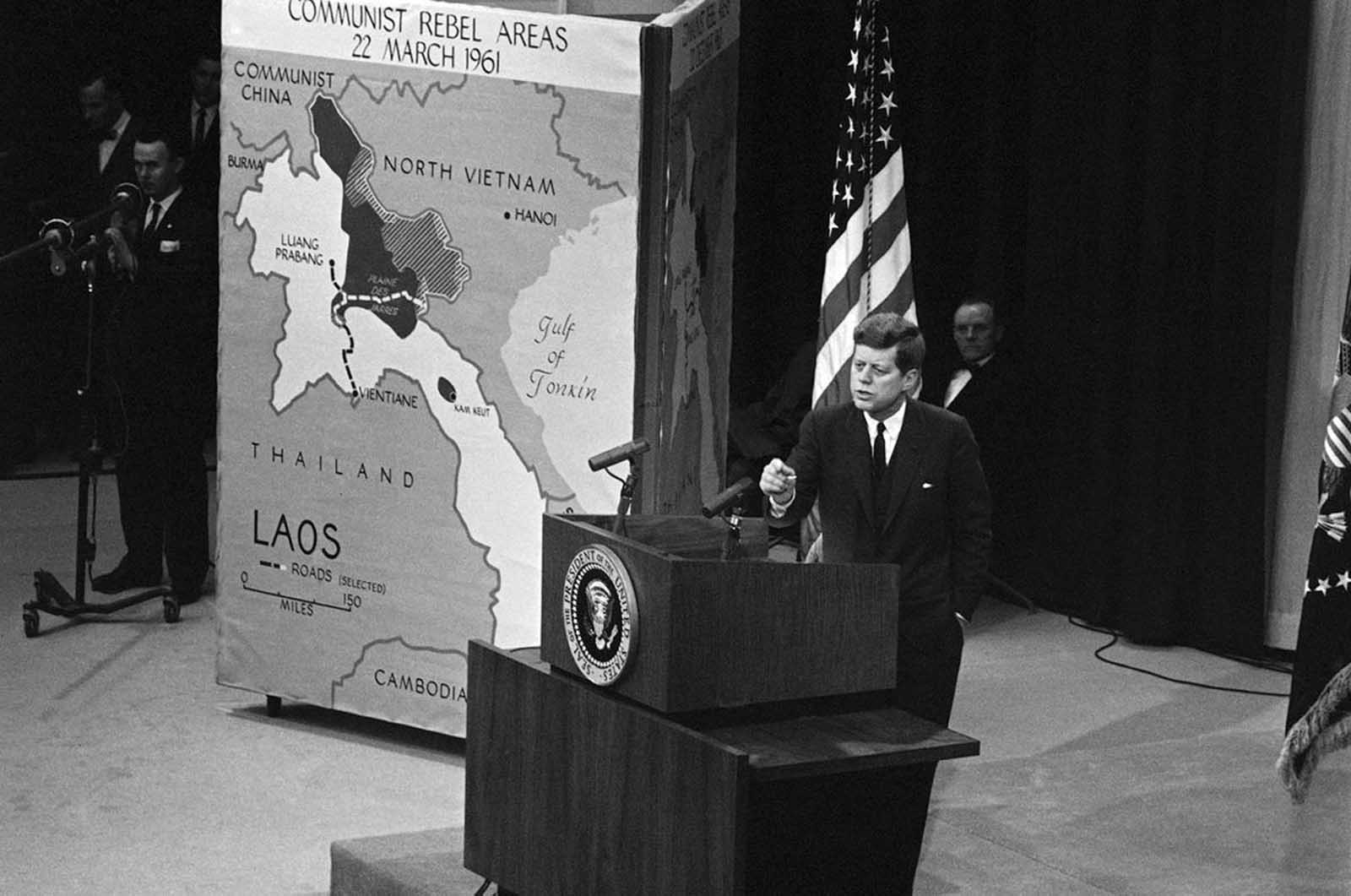
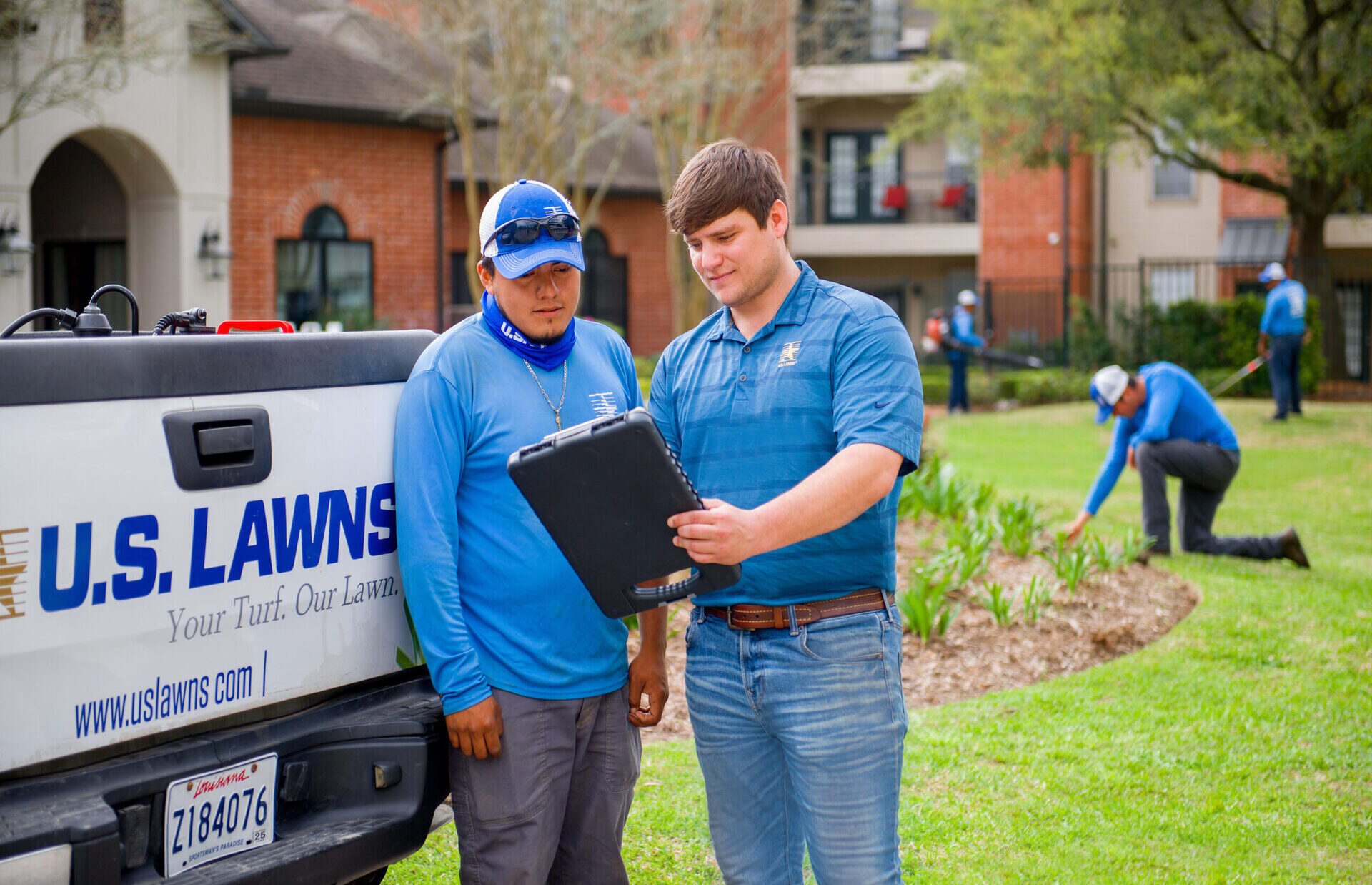
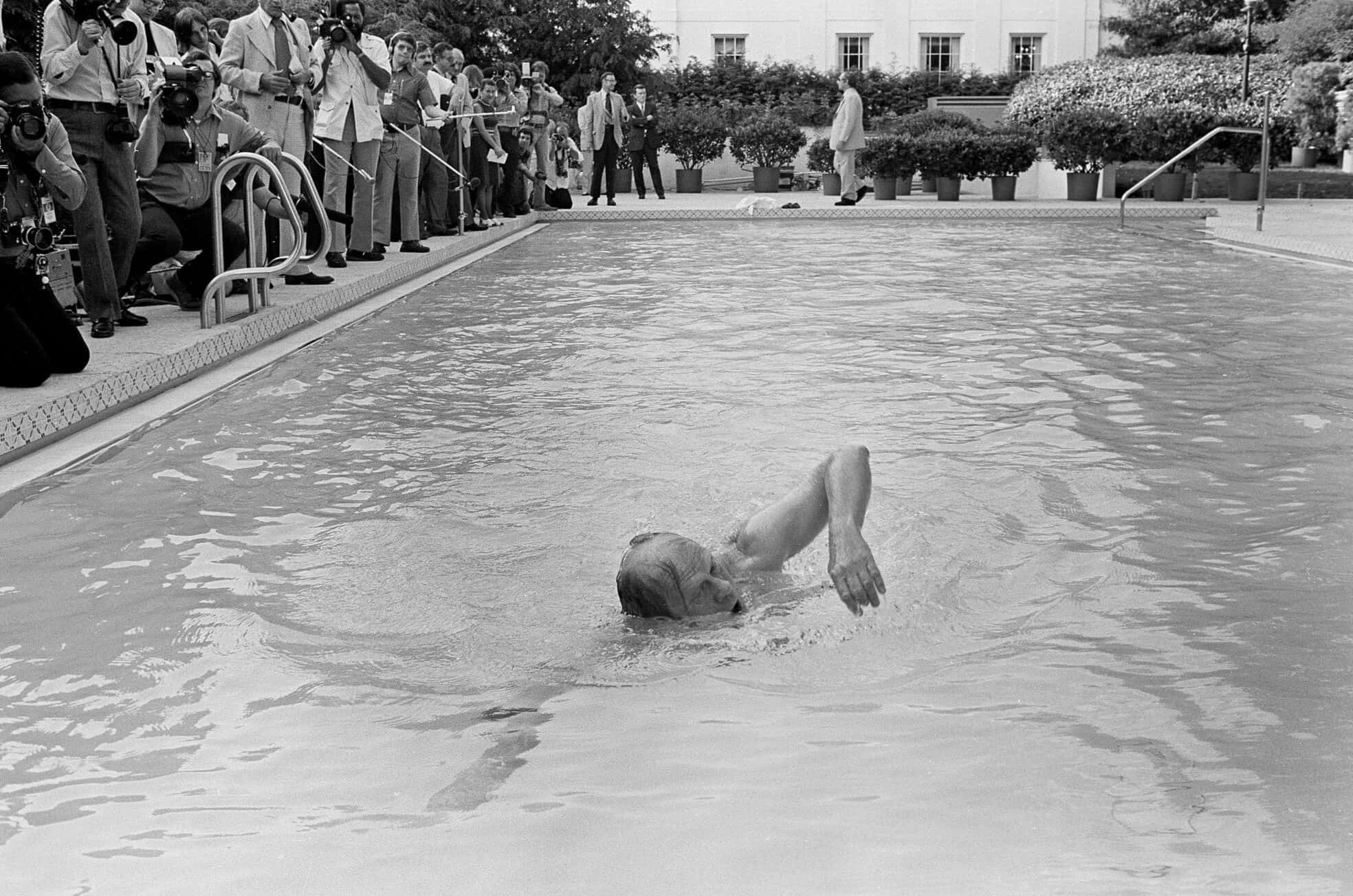

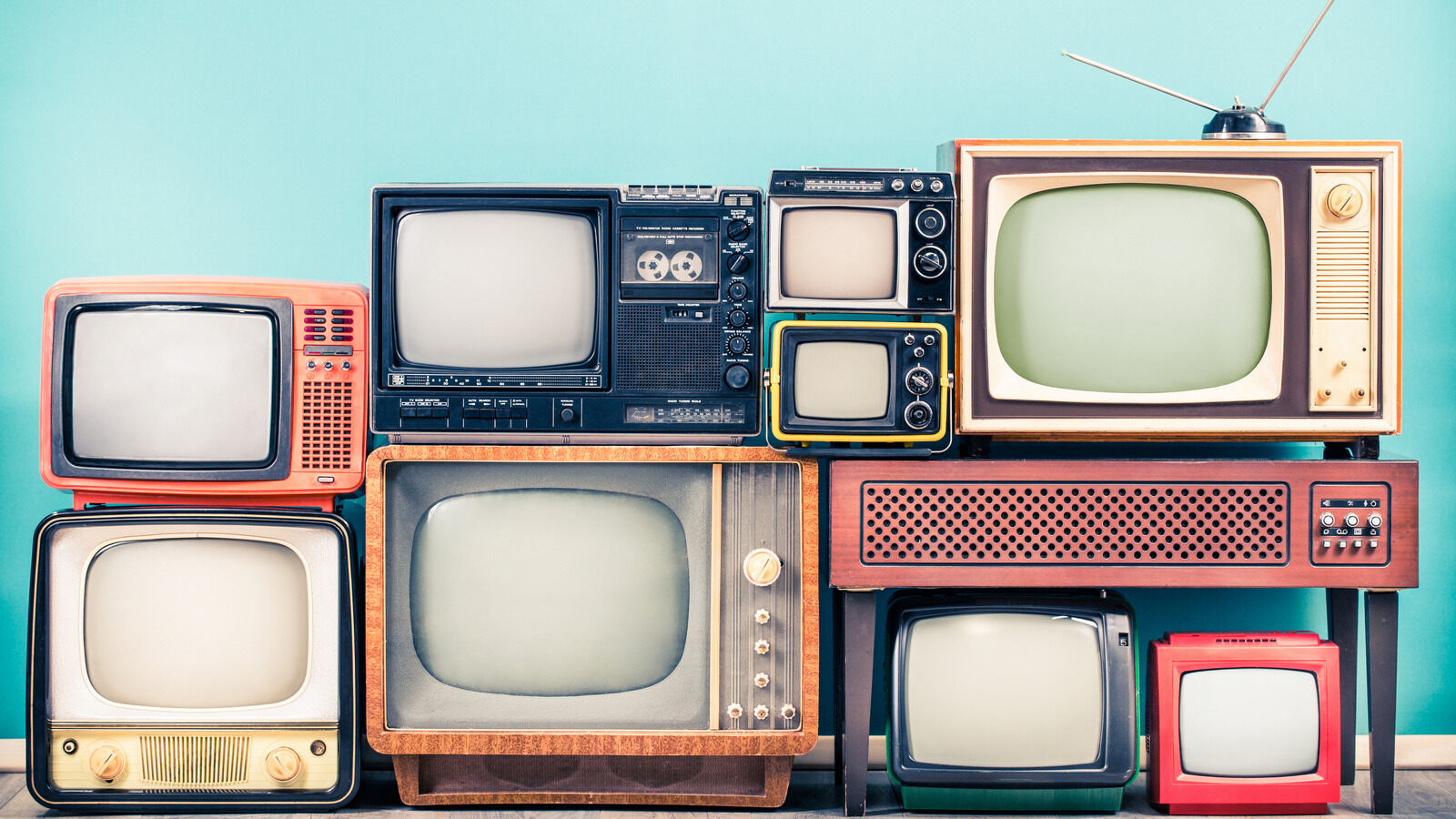

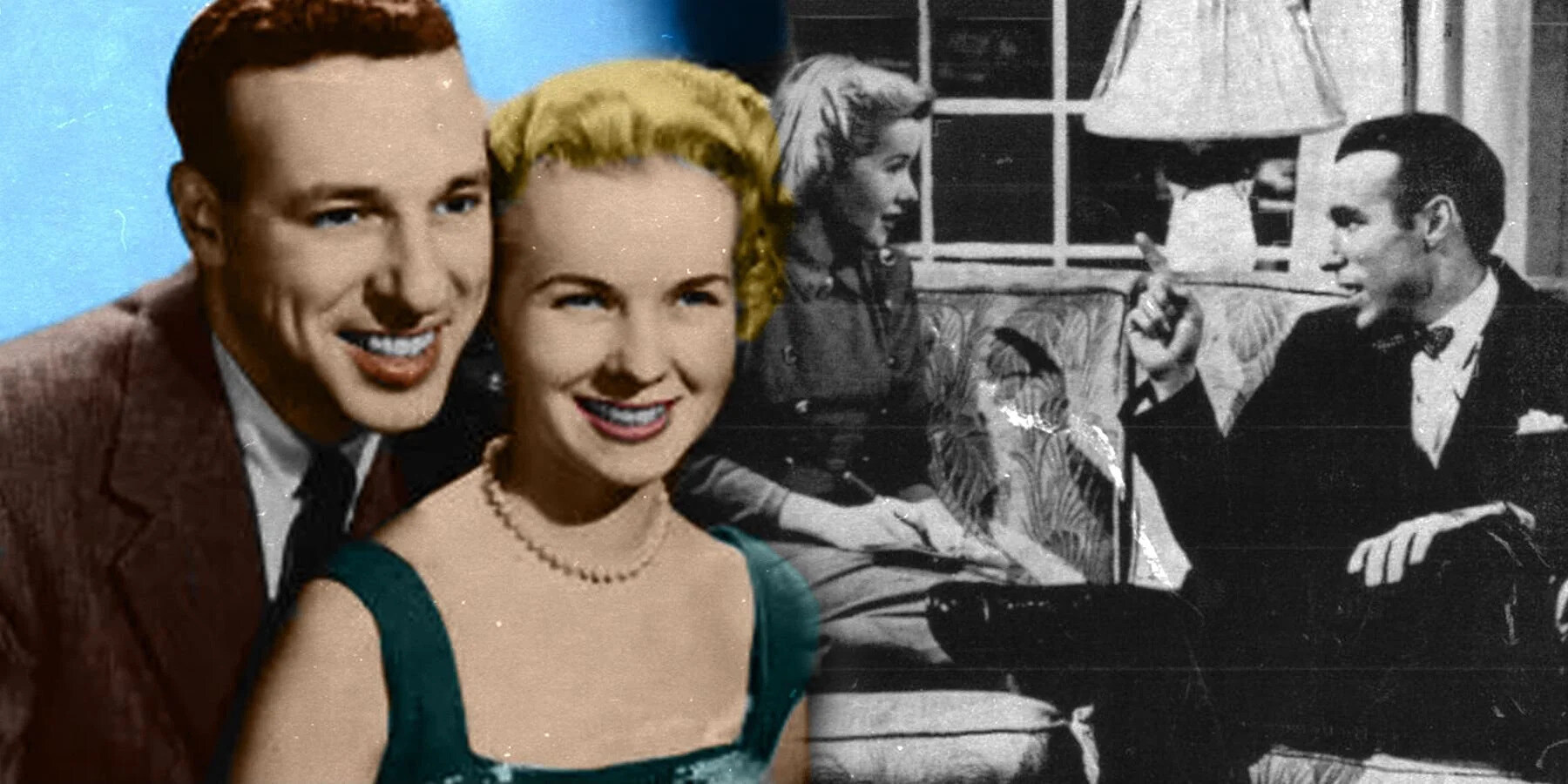






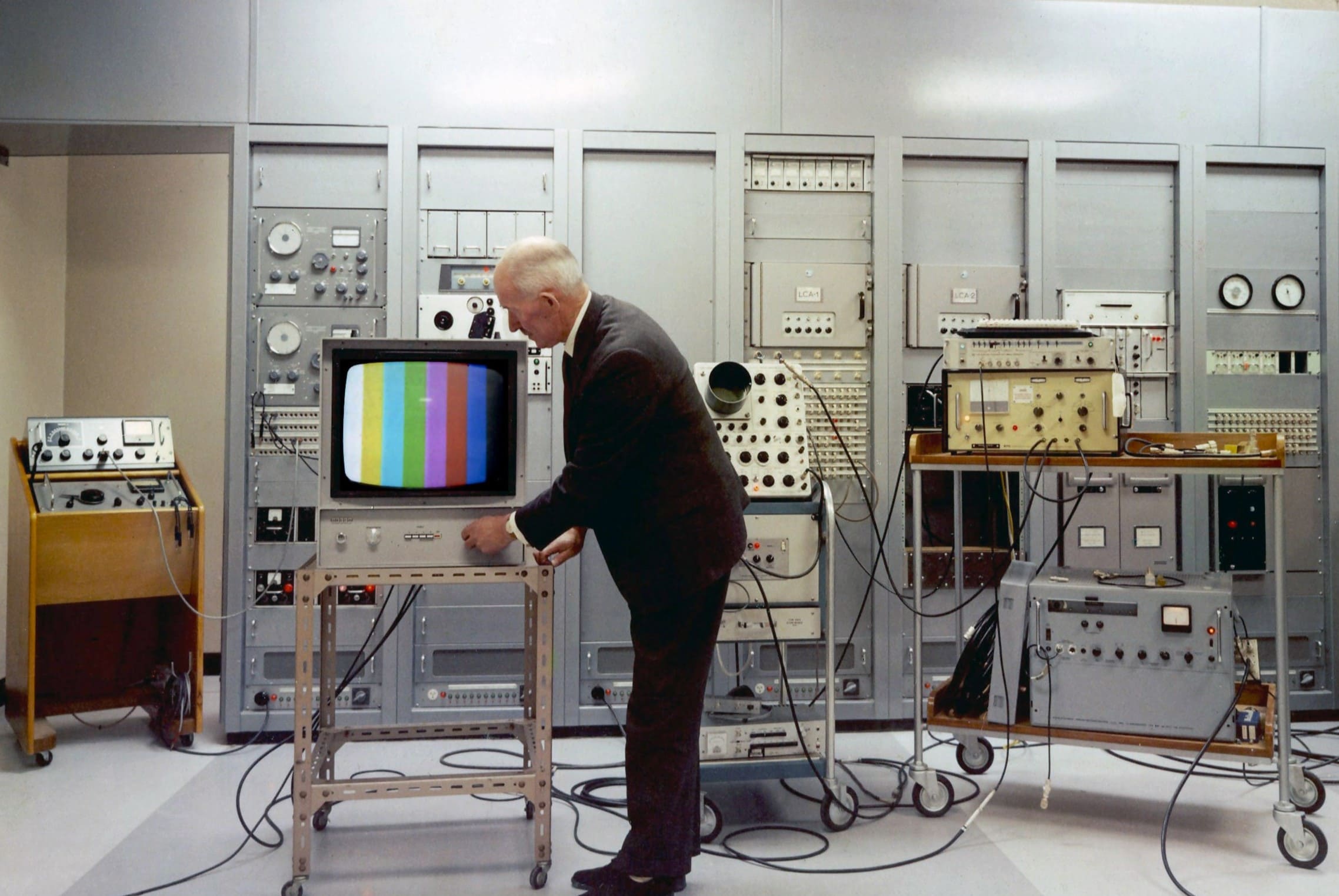

0 thoughts on “Who Was The First U.S. President To Appear On Television?”